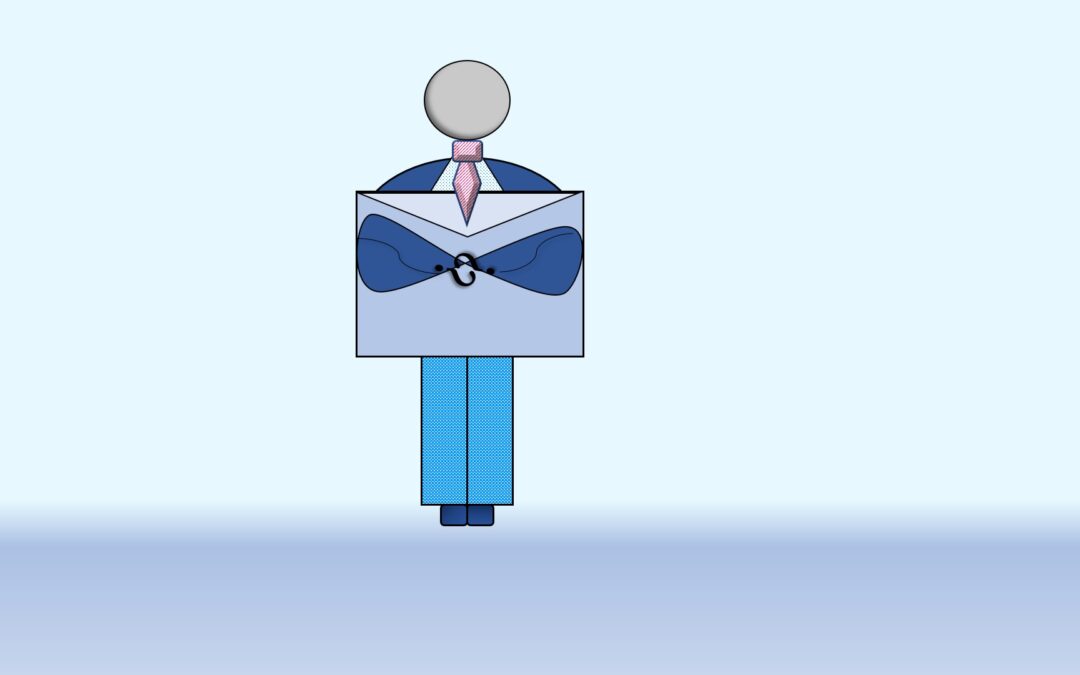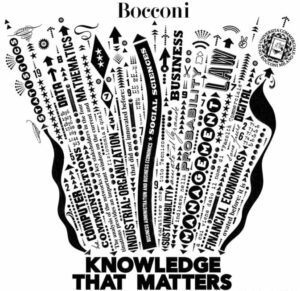Laura Vaccarella, Mental Coach che, dopo aver superato con successo il corso di formazione “Mental Coaching di Primo Livello” – Bocconi Sport Team, sta attualmente frequentando il nostro “Corso di Formazione per Mental Coach Professionisti”, ci propone un articolo sul linguaggio del corpo.
*** *** ***
Ovunque, in qualsiasi settore lavorativo, spopolano le foto di professionisti a braccia conserte. Tali foto compaiono, per lo più, sul sito web di aziende, imprese, società, studi professionali e di singoli liberi professionisti. Le troviamo pure in programmi televisivi e sportivi. Inoltre, le foto a braccia incrociate sono, spesso, pubblicate sui diversi social, in occasione del raggiungimento di traguardi professionali importanti, come l’ottenimento di riconoscimenti e premi in un dato settore piuttosto che della nomina a posizioni apicali. Servono a dare un’Immagine. Hanno come scopo la trasmissione di un senso di competenza, professionalità, esclusività, eleganza, esperienza, chiarezza e bravura. Tramite esse, si presenta il lavoratore che, così, diventa promotore della cultura insita in una data realtà lavorativa.
Per il Coaching, la comunicazione è una tematica fondamentale in tutte le sue forme: verbale; non-verbale; para-verbale. Il linguaggio del corpo, in particolare, è una materia difficile e, per certi versi, anche “subdola”. Molte volte, si attribuiscono a determinati gesti o comportamenti corporei dei significati di default, senza considerare il contesto sociale/geografico in cui un individuo è cresciuto, il suo background genetico, la sua biomeccanica. La posa a braccia conserte è la sfinge del linguaggio del corpo. È una gestualità controversa. Un enigma. Come tale, può essere risolto solo dopo una attenta riflessione.
Relativamente alla posa a braccia incrociate dei professionisti, l’ambito che rileva è la sfera lavorativa di un soggetto. Nel nostro Immaginario, le braccia conserte, in un contesto di lavoro, significano inattività. Una persona che sta a braccia incrociate non sta usando le braccia e, quindi, non sta lavorando. Non sta rivoltando la terra, non sta scrivendo al computer. Magari pensa ma non fa. Nonostante ciò, la maggior parte delle persone si presenta così a potenziali clienti e datori di lavoro. È una prassi.
Il motivo di una scelta tanto paradossale è molto semplice: la dinamica tra fotografo e fotografato. Quest’ultimo, di solito, non ha competenze da top model: non sa come “mettersi” e come/dove tenere le braccia. Non padroneggia il proprio corpo in quella situazione. Il fotografo, allora, suggerisce di tenere le braccia incrociate: problema risolto. A volte, è lo stesso fotografato a mettersi direttamente in quella posa perché sa che si usa fare così, perché lo vede fare agli altri. La posa a braccia conserte dei professionisti, quindi, viene assunta per mera convenzione sociale in pieno contrasto con quello che, in realtà, riesce a trasmettere.
Comunicativamente si verifica, infatti, una scissione tra il messaggio che viene evocato a livello mentale e la consapevolezza che si tratti di una prassi socialmente accettata. Ci sono: da un lato, la trasmissione di un senso di immobilità; dall’altro, la proposizione della propria Immagine secondo uno standard. Tuttavia, la foto viene realizzata al fine di evidenziare i caratteri distintivi del lavoratore e per promuovere i valori propri della realtà lavorativa dove egli opera. Si può evincere, pertanto, come, a livello comunicativo, tale posa non raggiunga il suo scopo e non sia strategicamente ottimale. È una “scappatoia”.
Al contrario, una posa più naturale del soggetto, per certi versi anche goffa, come lo stare semplicemente in piedi con le braccia lungo il corpo e con un’espressione del viso sorridente, riesce a trasmettere un maggiore senso di competenza e affidabilità. Ad ogni modo, la realtà che scaturisce da queste considerazioni è solo una: la diffusa e progressiva difficoltà a percepire se stessi tramite le proprie movenze corporee. Non bisogna, di getto, ignorare o assecondare il proprio corpo. Bisogna, invece, allenarsi a comprenderlo. Solo così, il proprio linguaggio del corpo può arrivare a trasmettere messaggi conformi alla propria dimensione interiore.
*** *** ***
Laura Vaccarella, Mental Coach who passed with success the previous Training Course, “First Level Mental Coaching”- Bocconi Sport Team, and who is currently attending our “Training Course for Professional Mental Coaches”, in this article proposes a reflection about body language.
“Professionals in arms-folded pose”
Professionals widely use to take photos of themselves posing in the arms-folded posture. This kind of portrait is often published on the website of companies, famous firms and free-lancers. You can find it also by watching TV shows or sport programmes. It is a common way to celebrate, by social networks post, the achievement of important job goals, like recognitions and awards for the results in a specific field or the appointment to the highest positions. These photos are helpful to provide an Image. Their purpose is to convey a sense of competence, professionalism, exclusiveness, elegance, experience, cleanliness and cleverness. At the same time, they introduce the worker and he/she becomes a promoter of a certain organization value framework.
In Coaching activity, Communication, in all its forms (verbal; nonverbal; paraverbal), is a fundamental issue. In particular, body language is a very difficult subject and, for some aspects, it is “sly” too. Unfortunately, wrong meanings are often attributed to specific gestures, clues or behaviours. It happens when you do not consider important details of a person as the social/geographical context where he or she grew up, his/her genetic background and his/her biomechanics. In particular, the arms-folded pose is the sphinx of the body language. It is a very debated posture. A riddle. So, it may be solved only after a careful reflection.
Concerning the arms-crossed pose of professionals, you need to refer to the Sense of that posture based on common Imagination in a work context. It means inactivity. It is not difficult to understand why. When you keep your arms folded, you can’t use them and so you can’t work. In the arms-crossed posture, it is impossible, for example, either turning over the land or writing on a computer. Maybe this pose is good when THINKING but definitely not when DOING. Despite this, introducing yourself to potential clients and job givers, in that way, is a praxis.
The reason to explain a so paradoxical choice is simple: it is the dynamics between the photographer and the photographed person. Most of the time, the last one’s skills don’t include the top model attitude. The photographed one cannot be aware of the body language rules and he or she doesn’t know how/where keeping his/her arms. In that circumstance, the professional is not fully in control of the body cues. The photographer, then, suggests to the photographed one to adopt the arms-folded pose: problem solved. Even if it happens that the photographed person is directly posing in that way, probably there is no body realization: it is just a matter of Social Imitation. Therefore, the arms-folded pose of professionals is taken on for a pure social convention in full contrast with what it can really convey.
At a communicative level, a splitting occurs between the message evoked by the Sense based on the common Imagination and the knowledge of that pose as a social admitted praxis. On the one hand, there is the transmission of an immobility sense; on the other hand, we have the proposition of one’s Image in accordance with a standard. However, as it has been already said, the main purpose of these photos is to stand out the distinctive qualities of a worker and to promote an organization set of value. So, the arms-folded pose is just a “ploy” which doesn’t reach its real aim. You cannot consider it as a pose that works.
On the contrary, an awkward and simple way of posing, like standing upright with arms placed by the body and with a smiling facial expression, can convey, from the photographed one, a greater sense of competence and trustworthiness. Anyway, these considerations clarify a widespread fact: the progressive difficulty to perceive your own inner self by the means of your own body movements. The body must be understood by a constant commitment rather than ignored or indulged in one go. Only in this way, your own body language may achieve the goal to convey messages in accordance with your own interior dimension.
*** *** ***
Laura Vaccarella ha scritto per University Coaching anche l’articolo “Bello Bello Leader“















